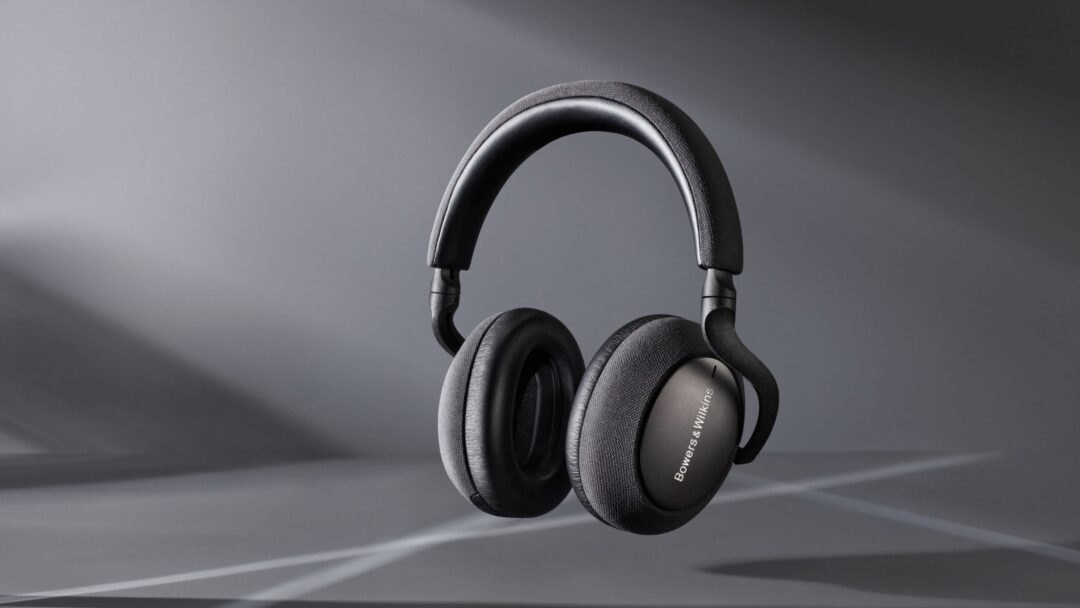It’s been two years since Bowers & Wilkins’ first attempt at a noise-canceling headphone called the PX. It gave a real sense of luxury that even B&O had to envy them, and with a round and pleasant sound. But one had made a couple of strange choices, for example in that one cannot choose the degree of noise reduction on the headphone itself; one must use the app.
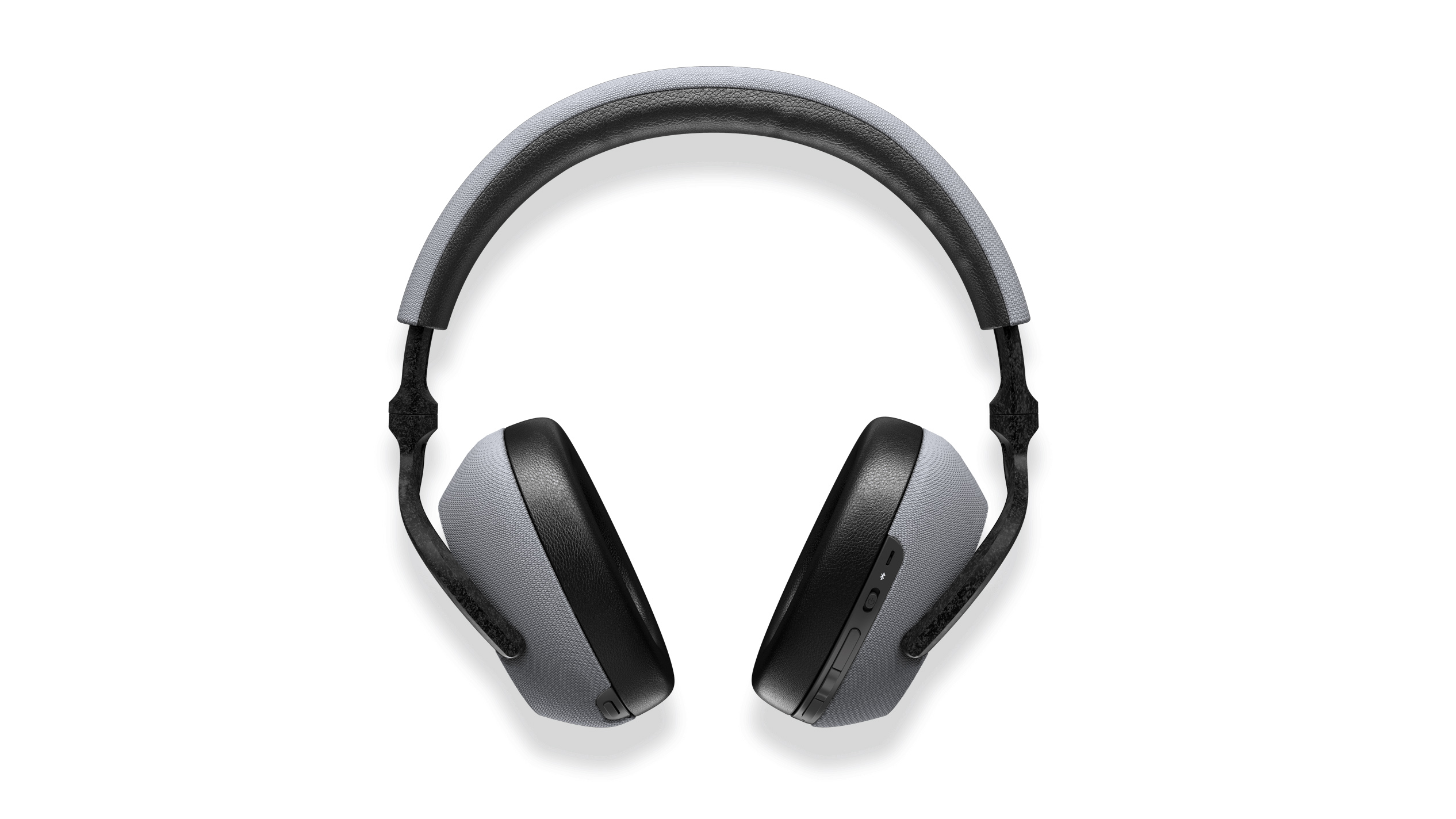
The successor PX7 can switch between the noise reduction levels high and low, and also completely off, directly with a button on the left earpiece. On the right are buttons for stopping and starting songs and conversations, as well as adjusting the volume. An advantage over watches with a touch panel is that physical buttons behave more stably, especially if you use them in rainy weather. Now it is true that PX7 is not IP-certified for weather and wind, but it should still be able to withstand a bit of rough weather.
– In true B&W spirit, there is plenty of bass in PX7.
While the PX exudes luxury with its round, curved rods, the PX7 is also luxurious, but also rougher built. The rods where the earbuds are attached are much wider, and give the impression of being really solidly built. The quality is palpable, and you feel that the soft headband is made to twist and turn. The headphones can withstand sitting on them well. Something I myself do right as it is…
PX7 is a breath of fresh air, in a market flooded with black plastic bells. In appearance, B&W crushes both Sony and Bose.
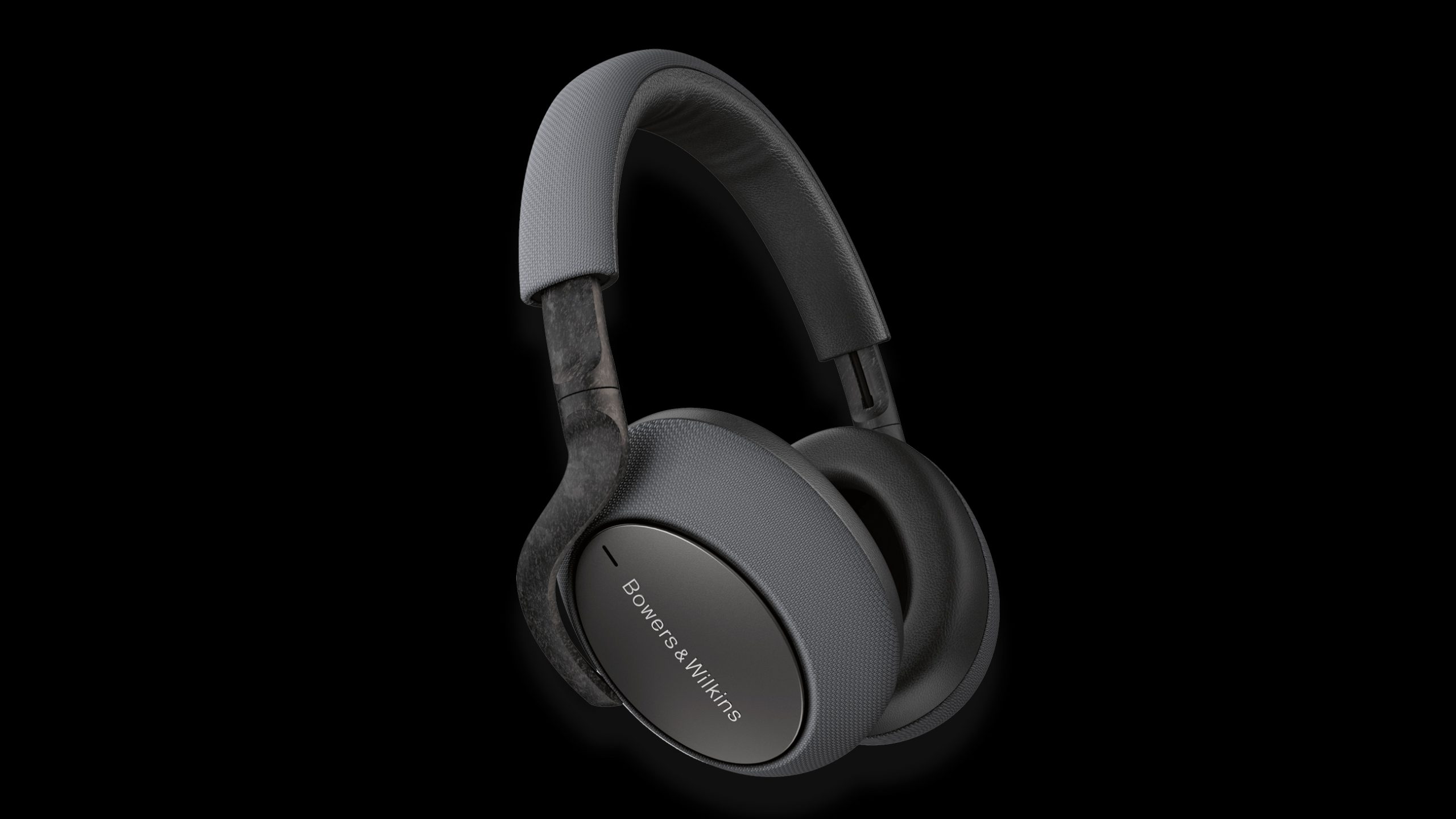
aptX Adaptive
PX7 are the first ones I have tested with the new codec aptX Adaptive. This is basically aptX and the higher resolution aptX HD in one and the same codec. It wants to be in HD mode all the time, but should you find yourself in an environment with a lot of wireless noise or which for other reasons prevents an optimal Bluetooth connection, it automatically switches to normal aptX. Without dropouts. Cool! I have not run tests where this happens, the connection remained stable through testing.
Connection
The headphones do not have an NFC connection, which means that both Android and iPhone users have to connect them the old way. Fortunately, it is not very difficult to find the PX7 in the Bluetooth overview, select it and connect.

Lots of bass
To test the sound, I start with noise reduction disabled, so I am sure that the headphones get optimal working conditions.
In true B&W spirit, there is plenty of bass in the PX7. The pop song Bad To You by Ariana Grande, Normani and Nicki Minaj has a hefty party bass, which massages the ear canal. Here, the two 43mm speaker elements really get going!
The treble range is very distinct, maybe a little too hard. S and sj sounds are more than aggressive. On the other hand, speech and song vocals are articulated very clearly, it’s just a little too much for me.
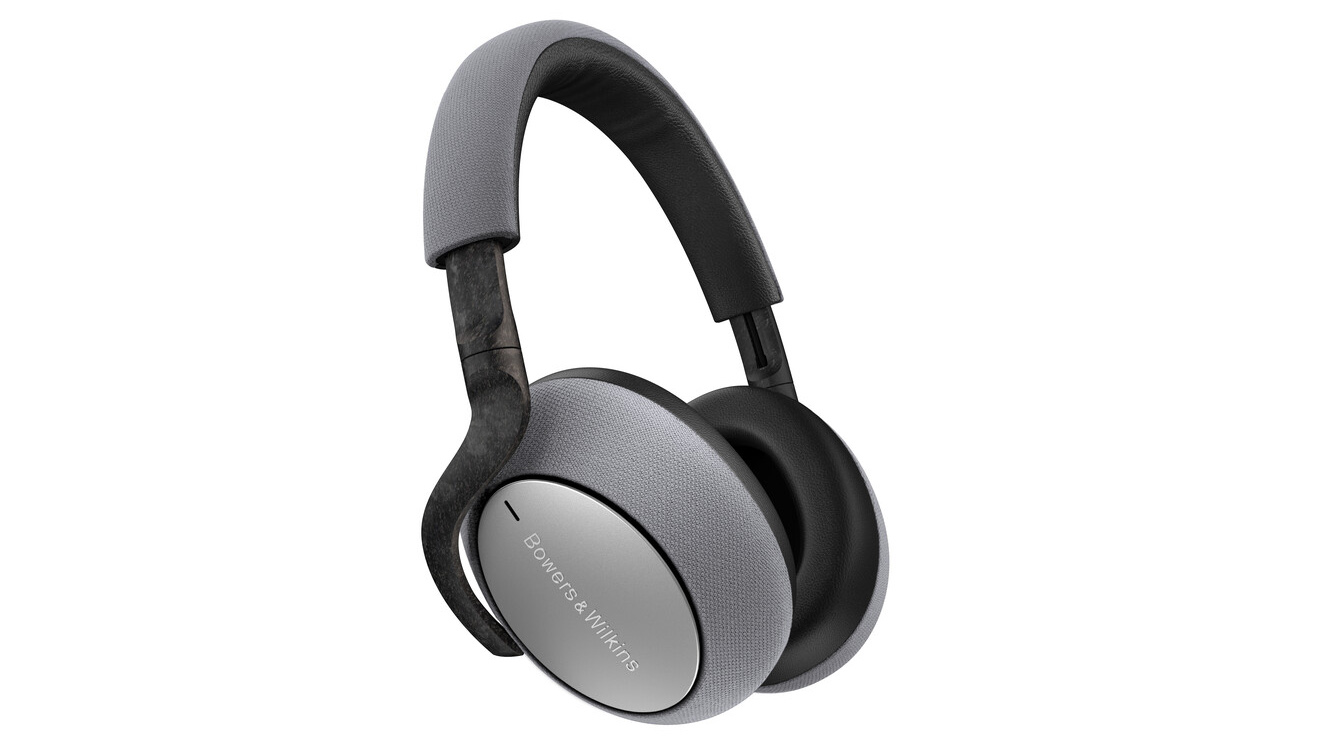
The midrange is rather restrained. There is a lot of meat in the chest area, but singing voices do not come out the way I want them. They are somehow too far back from the edge of the stage. Piano sounds rather woolly, although the reverberation is large and airy. There is something missing. Here, the Beyerdynamic Lagoon ANC is more prominent and balanced. In fact, also Beats Solo Pro, although some will probably think the latter is too slim in the bass.
This is with the iPhone 11 Pro Max as the source, which uses AAC and not aptX. When I then switch to an Android mobile (Motorola Moto G6 Plus), the treble calms down. There will be more air and less gnawing in the ear. On the other hand, there will be no more midrange, there is still a little too little dynamics in vocals, guitars and other midrange instruments.
Noise reduction
With noise reduction activated, it becomes quiet in the office. Delicious. But something also happens to the sound. The actual sound signature is similar, but the music loses dynamics. It gets flatter, and the bass slips out. There is still a lot of it, it just is not as steady. With low noise reduction, the sound is slightly better, but it should definitely be off unless you are in a noisy environment. For example, by bus or plane.
– The sound over USB is even better, especially when I play high-resolution files through Roon.
USB
One cool thing about the USB-C connector is that it can also transfer audio from a PC. Then you get digital sound straight into the headphone, with 24-bit / 96 kHz resolution. Snertent!
The sound over USB is even better than with Bluetooth from Android phones, especially when I play high definition music through Roon. As Susanne Sundfør’s live version of Reincarnation performed at the Barbican in London. This is available in the Master version in Tidal, with more details in the soundscape. The delicate playing of an autoharp has more sounds than when the music is played over Bluetooth wireless.
Classical music, such as The Four Seasons by Vivaldi, benefits greatly from the extra air and room information over USB. It’s still too restrained in the midrange range for me, but it’s neither sharp nor annoying in any way.
I must also emphasize once again that rhythmic pop music sounds rock hard with the lush bass from PX7.
Deplorable call quality
– What do you say? Can you repeat? It sounds like the phone is in a metal box, and you are two meters away when talking. Hello?
It was my wife when I tried to make a phone call through PX7. Obviously not suitable for conversations. I ended up taking out the phone and temporarily disabling the headphones. Knotty, but worth it. Here B&W has one to learn from the Jabra 85h. There you have good call quality!
The noise reduction itself
The noise reduction generally works well. But when I sat on the bus, with a roaring engine that propagated into the seat, through the body and then the headphones, the sealing of the pillows against the head varied. This also meant that the noise reduction made occasional fluttering noises in the ear. I must emphasize that this rarely happened, but I have previously only experienced this with cheaper headphones.
Conclusion
Bowers & Wilkins PX7 is a great headphone, which will probably make many happy. It oozes both luxury and build quality, and I love that they look different than other headphones out there. And that they can play high definition music over USB.
If you love bass, there is a lot to love about the PX7. Almost so you will want to dance in the open street! Unfortunately, it is not fully followed up in the lighter tones. The midrange range is more or less restrained, and s and sj sounds tend to gnaw a little. More with iPhone than with Android.
Selv om støydempingen stort sett er bra, er den ujevn når man sitter på en ristende buss, eller går ute i frisk bris.
Kan du leve med disse forbeholdene, er det bare å løpe og kjøpe.
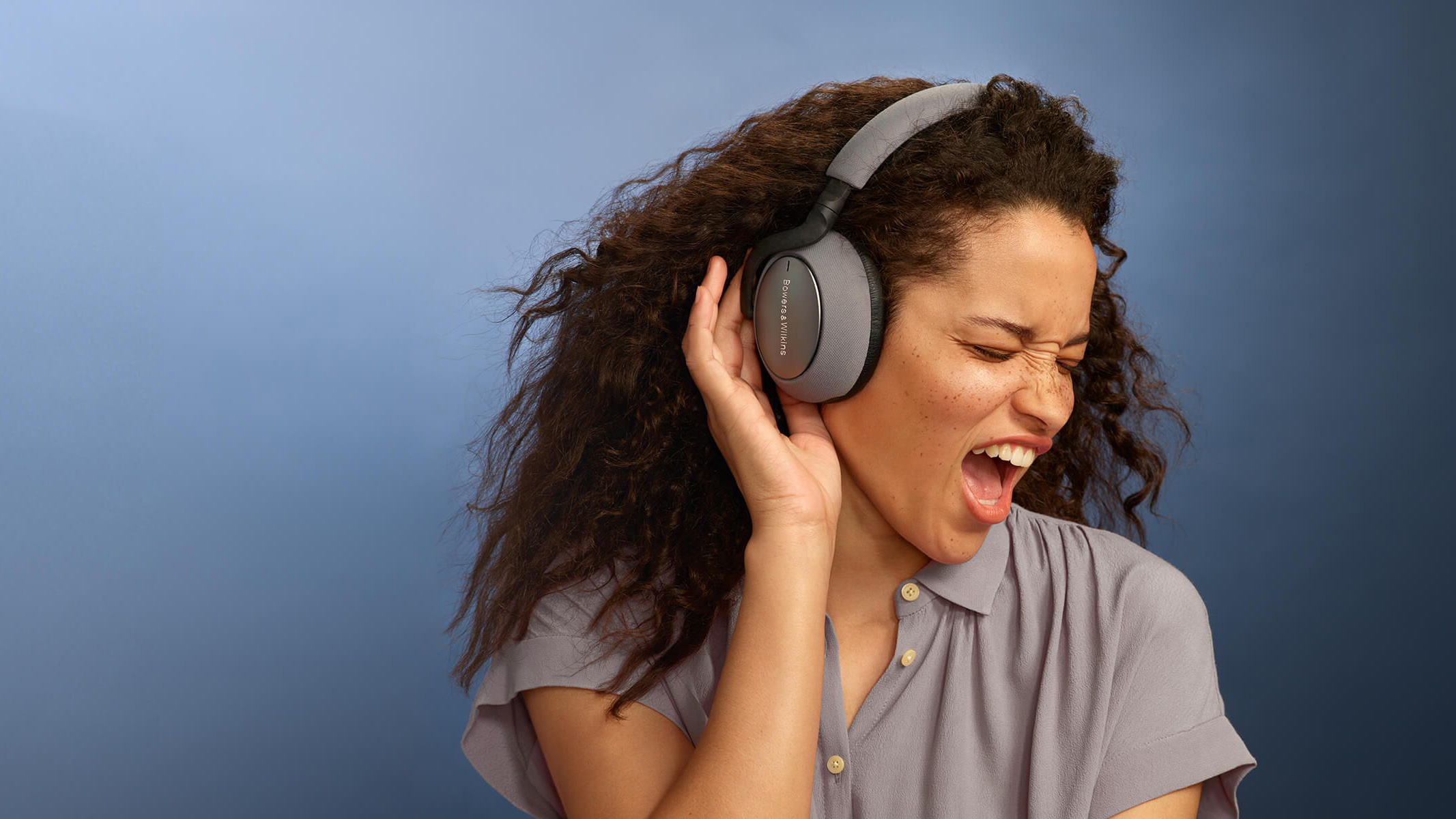

We think
Big, heavy bass and fine-mesh overtones, especially with Android mobile and USB from PC. Decent noise reduction. And real premium feeling. Semi-dark tone, thin midrange and coarse-grained treble with iPhone.
399 €
Specifications
- Principle: Over-ear, closed, wireless
- Wireless: Bluetooth 5 (SBC, AAC, aptX Adaptive)
- Frequency range: 10 kHz – 30 kHz
- Impedance: 20 k Ohm
- Sensitivity: not stated
- Microphone / remote control: Yes / yes
- Battery life: 30 h (noise reduction on)
- Audio cable: 3.5 mm and USB
- Charging cable: Lightning
- Weight: 310 g
- Colors: Black (Space Gray), silver
- Web: bowerswilkins.com
